Top Ten Excellent Things to Do in Québec City for the Artsy Traveler
Artsy Traveler contains affiliate links for products and services I personally use and can happily recommend. As an Amazon Associate, I earn from qualifying purchases. Please read the Disclosure for more information. If you make a purchase through these links, at no additional cost to you, Artsy Traveler earns a small commission. Thank you!
As many North American travelers have said before me, visiting Québec City is like going to Europe—without the jet lag.
This cobblestoned throwback to the 17th century oozes charm, charisma, and, yes, crowds.
But don’t let its popularity deter you. With thoughtful timing, you can experience the quieter side of the city, especially in its delightful, often uncrowded museums and winding alleyways full of art, history, and fabulous food.
Highlights at a Glance
- Taking a walking tour of Old Québec
- Exploring the Musée national des beaux-arts du Québec
- Going on a bike excursion to Wendake to learn about indigenous culture
- Staying in a boutique hotel like the highly-rated Auberge Saint-Antoine in Old Québec
- Choosing a food tour to sample unique cuisine
Why Visit Québec City?
Québec City is one of the oldest continuously occupied cities in North America. As I learned way back in Grade 4 Social Studies, Samuel de Champlain showed up in 1608 and established the first settlement, claiming it for France.
In 1759, the British clashed with the French at the Plains of Abraham (which you can visit). Unfortunately for the French, the British won, thereby sparking almost four centuries of friction between English Canada and French Canada that still shows little sign of abating.
Follow Canadian politics for awhile and you’ll see what I mean.
Modern Québec City is proud, artsy, and unmistakably Québécois—with a distinctly European flair that’s hard to resist.
Language Barrier? Not Really.
Don’t worry if you’re an Anglophone. Québec City is a tourist town, and most people will speak English to you and be nice about it, particularly if you throw out the occasional bonjour and merci.
I received many tolerant, albeit occasionally weary smiles, every time I tried speaking my schoolgirl French. I excused my ineptitude by telling people I’m from the west coast of Canada, to which most sagely nodded in understanding.
My First Visit—and How Things Have Changed
I first visited Québec City in 1967 when I was eleven years old on a trip “back east” to visit Expo 67 in Montreal.
I remembered being surprised not only by how old Québec City was (unlike Vancouver, which was established in 1871), but also how poor.
Back then, Québec City was not the tourist mecca it has become.
In 1967, the area called Old Québec or Vieux Québec, where the tourists now flock, was run down and depressing.
Thankfully, all that’s changed in favor of a faux 17th century, vaguely manufactured vibe. Yes, it’s touristy but it still manages to be charming enough to have you snapping pictures at every turn.
The ancient buildings are spruced up with colorful shutters and chi chi shops, while souvenir emporiums and excellent restaurants abound. There’s even a place that only sells popcorn (it’s really good, btw).
Within a few hours of arriving in Québec City, you’ll naturally slow down and let the culture seep into your bones. It’s that kind of place.
Map of Québec City
The sites described in this post are shown on the map below. The numbers correspond to the order of sites in the top ten list.
1. Immerse Yourself at Immersion Québec
Located in the vaults of the Historic Maison Chevalier at the base of Old Québec, this 360 immersive experience (#1 on the map) catapults you into the history of Québec City.
Yes, it’s super cheesy—and I loved it!
I popped into the last showing of the day and was the only customer, which suited me fine. The friendly attendant cheerfully helped me don a 3D headset and then got me settled to enjoy the show.
Seconds later, I was paddling a canoe along the Saint Lawrence River and communing with the local indigenous people—the Wendat (more on them later!).
I thoroughly enjoyed the entire experience, even if the digitization was sometimes less than stellar. But hey, I learned a lot about Québec history, which was a big selling point for me.
You’ll get a more in-depth and serious view of history at the nearby Museum of Civilization (see #5), but if you’re looking for a quick intro, check out Immersion Québec.
The presentation is available in French, English, Spanish and Mandarin.
👉 Insider Tip: Go later in the afternoon to avoid crowds. Reserve online during peak times. Website here
👉 “Looking for a fun way to start your visit? Book a 2‑hour Grand Walking Tour of Old Quebec City that ties in beautifully with Immersion Québec’s themes.
2. Wander Through Vieux-Québec (Old Québec)
Old Québec (#2) is sometimes the only part of Québec City that visitors spending an afternoon will see, which is a shame. But if you’re short of time, make the warren of cobbled streets that make up OId Québec your main stop.
This compact and walkable UNESCO World Heritage Site is basically a few streets lined with shops and cafes. Take your time and stop into some of the many galleries and gift shops.
Check Out the Murals
One of my favorite sites is this massive mural painting on the side of one of the old buildings.
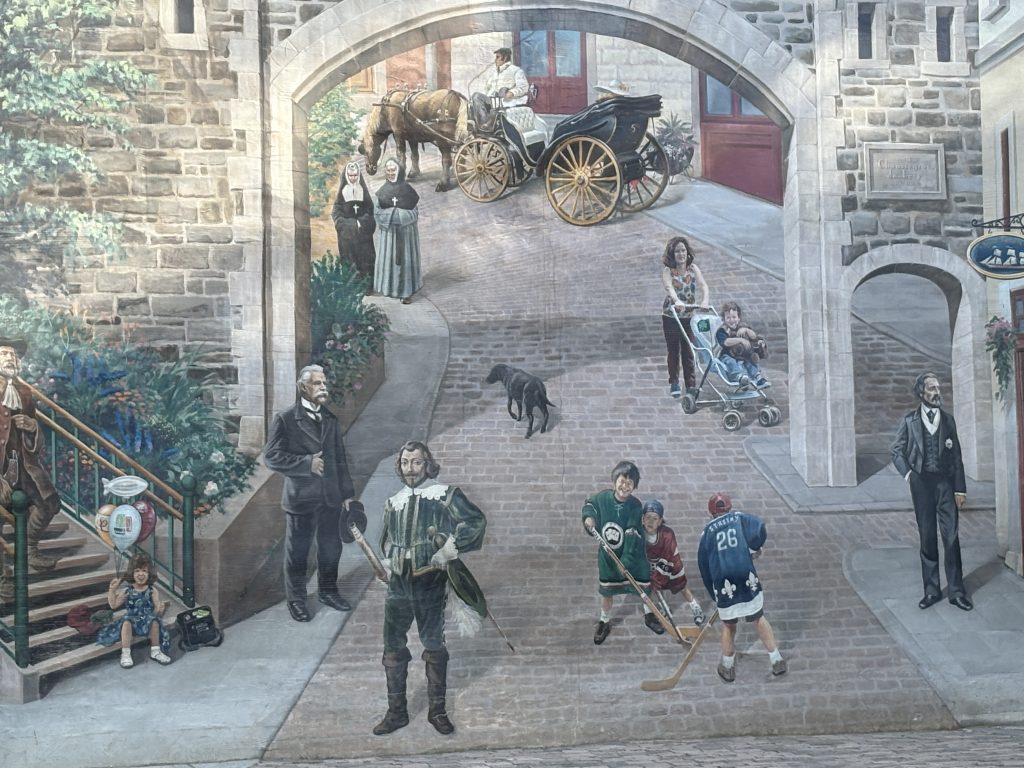
On a hot summer day, you’re shaded by colorful umbrellas floating overhead.

For the energetically inclined, climb the stairs to Dufferin Terrace to enjoy the wide boardwalk and sweeping views of the St. Lawrence River. For those who prefer not to climb a lot of stairs, take the funicular (see below!).
Dufferin Terrace
If you’re visiting Québec City for several days (highly recommended!), stroll Dufferin Terrace at various times of day to enjoy the varying views of the river and the Chateau Frontenac.
Imagine standing here four hundred years ago and looking down at the river crowded with sailing ships and canoes.
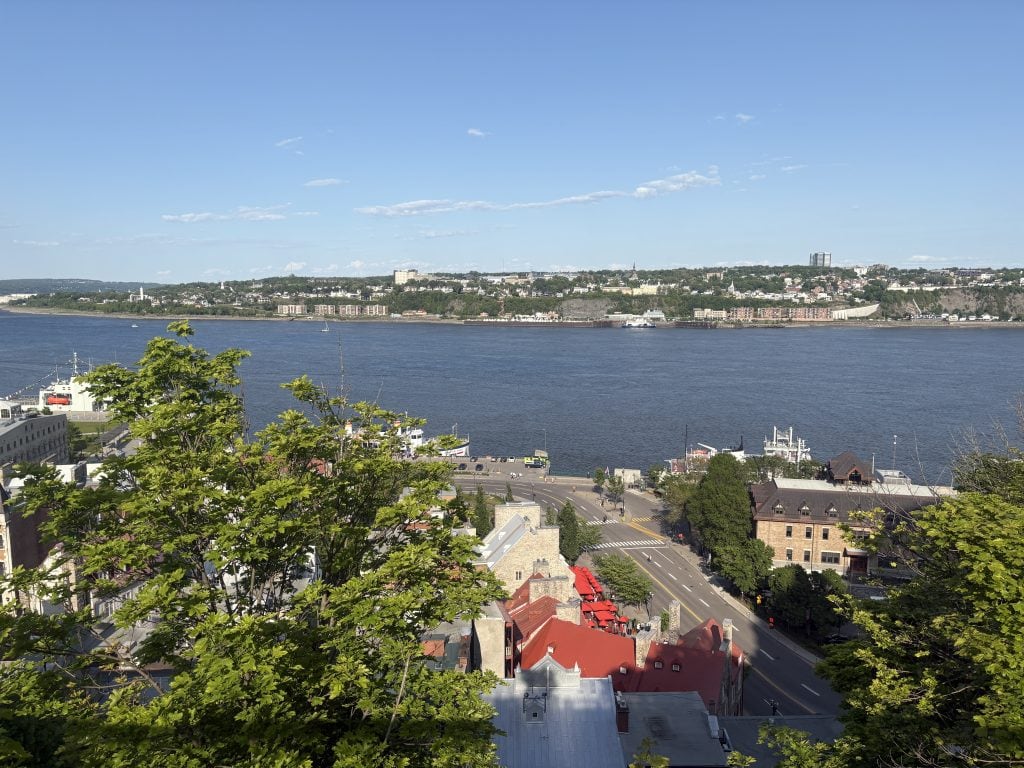
Ride the Funicular
You can also choose to take the short funicular ride up the cliff face to Dufferin Terrace. Be warned that you need cash. If you don’t have it (who has cash these days?), there is an ATM in the kiosk at the bottom of the funicular.
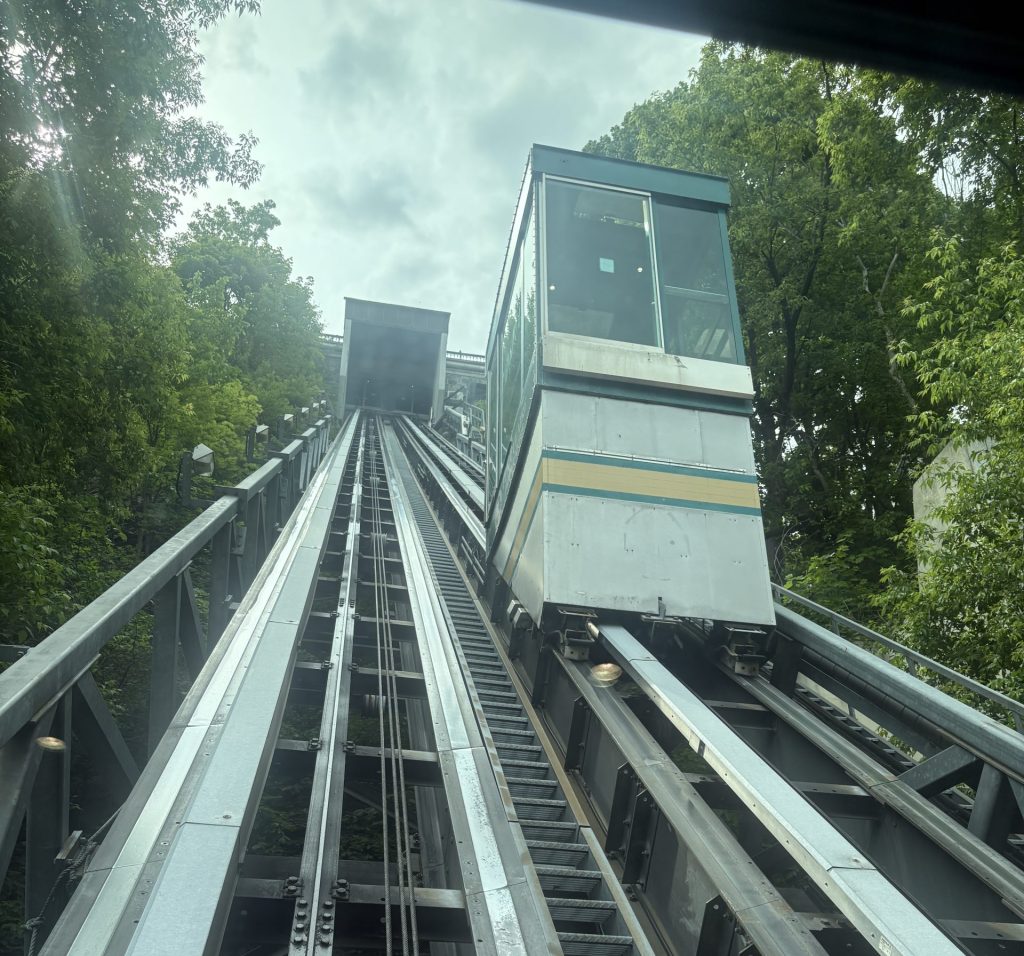
When you exit from the funicular, you’ll see the iconic Château Frontenac directly in front of you.
Built in 1893, the castle-like hotel is one of several established across Canada by the Canadian Pacific Railways. These iconic hotels have been taken over by Fairmont and are pretty much the last word in luxury (and price!).
If you have the budget, book a room and enjoy the views and the elegant service. If your budget is more modest, go into Château Frontenac anyway to admire the beautiful lobby, snap some photos, and browse the fancy shops.
The Château Frontenac is probably one of the most photographed hotels in Canada.
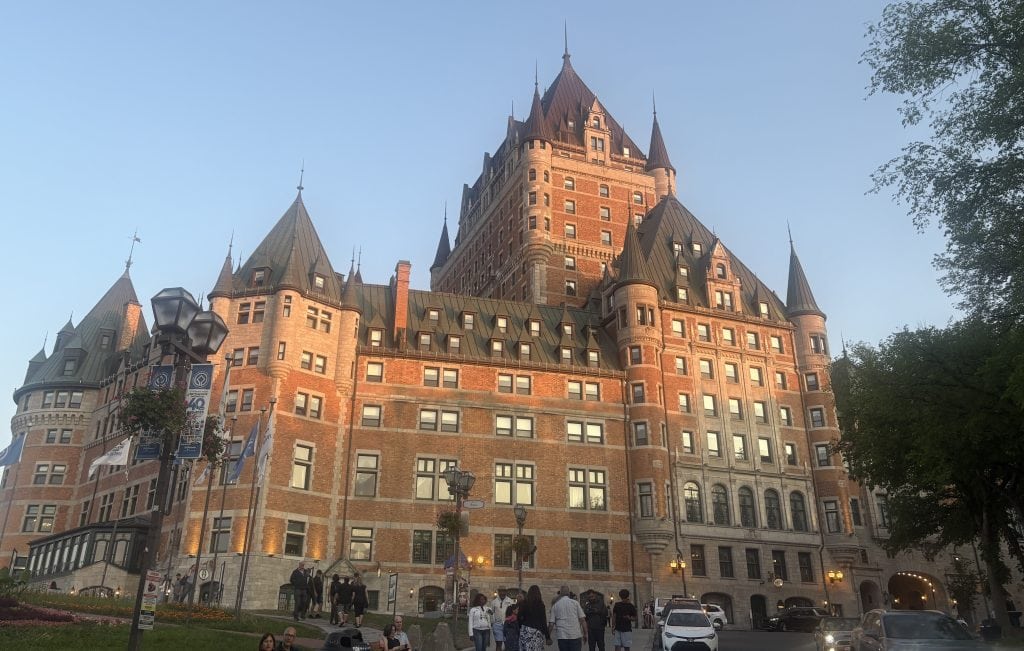
After strolling Dufferin Terrace,, check out Rue du Trésor to the right of Château Frontenac as you face it with your back to the river. Here, you’ll find plenty of stalls selling arts and crafts by local artists.
Also wander along Rue Saint Anne to check out several good restaurants and boutique hotels. I stayed at the Auberge Place d’Armes on Rue Saint Anne.
For Québec City, the room was quite reasonable and charmingly old.
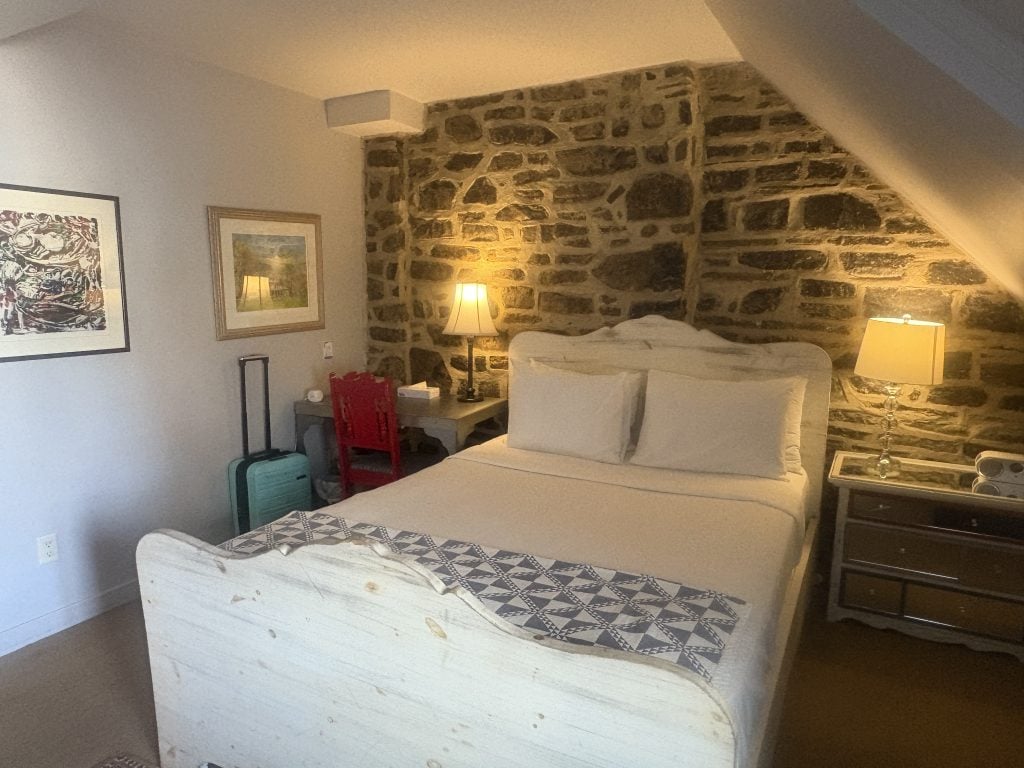
3. Join a Themed Walking Tour
I recommend wandering Old Québec on your own for awhile and then booking a walking tour that focuses on a specific topic that interests you.
The Québec City website lists a variety of walking tours ranging from exploring with Louise Penny’s Inspector Gamache to seeing Old Québec through the eyes of a 17th century Fille du Roi (King’s Daughter).
Who is a Fille du Roi, you ask? Take the tour and find out!
I took a walking tour with Cicerone Tours. Led by a costumed guide who was an architecture buff, the tour provided a good overview of Québec history that was off-the-beaten track.
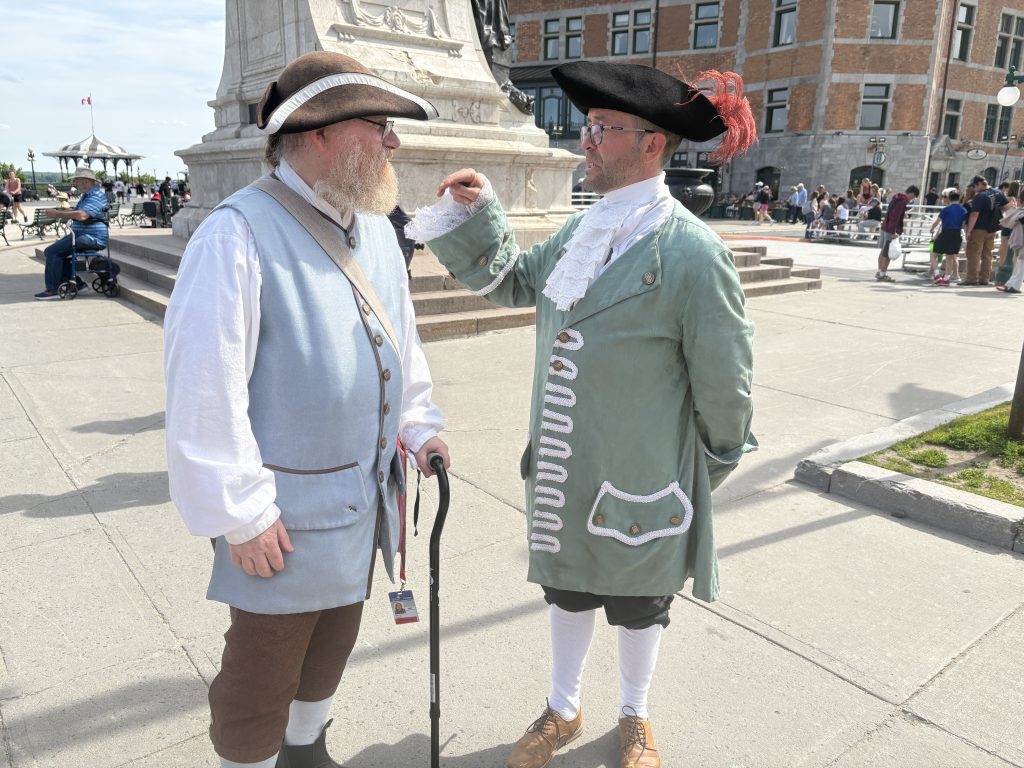
👉 Here are some walking tour options with GetYourGuide:
4. Visit the Saint-Louis Forts and Châteaux Historic Site
On my previous visits to Québec City, I’d not toured this gem of historical sightseeing (#4) because it didn’t yet exist. Well, the old fort existed—its ruins date from 1620—but it had yet to be excavated and opened to the public.
I highly recommend signing up for the 45-minute tour run by enthusiastic Parks Canada guides. You’ll descend beneath Dufferin Terrace in front of the Château Frontenac to explore the only archaeological crypt in North America.
How cool is that?
You’ll see the archaeological vestiges of the official residence of the French and British governors, which was also the seat of power for the former colony, between 1620 and 1834.
You’ll also view the remnants of the four forts and two chateaux (governor’s residences) erected on the site over the years, as well as the nearby outbuildings.
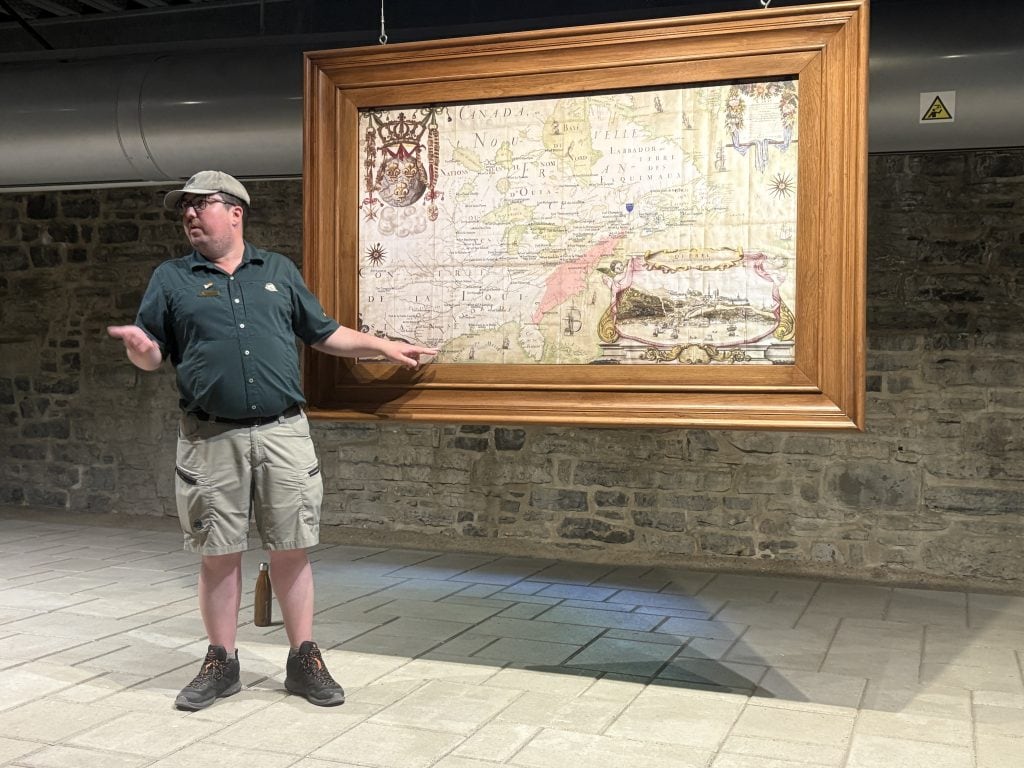
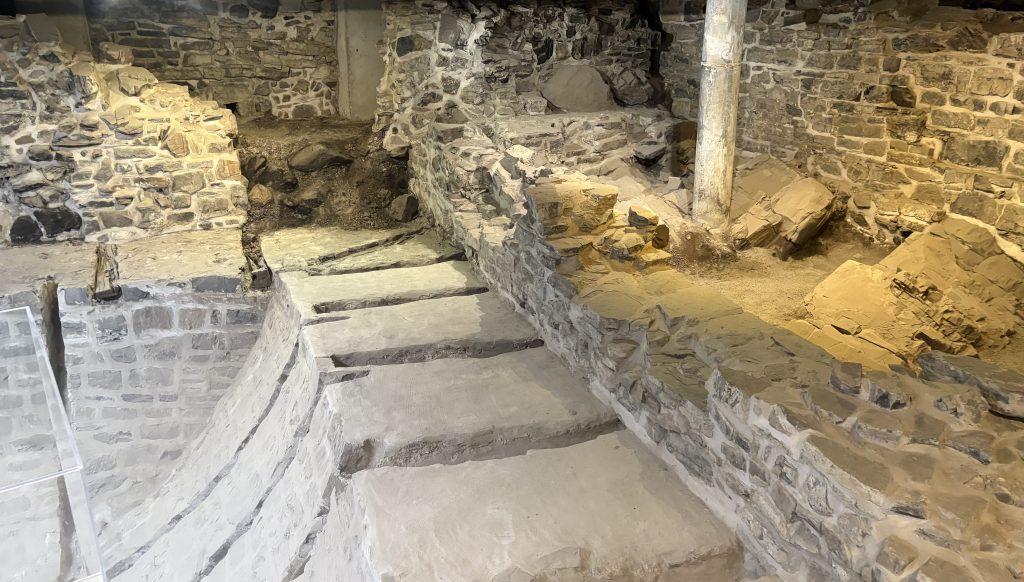
5.Bring Culture to Life at the Museum of Civilization (Musée de la civilisation)
I do love a Museum of Civilization and the one in Québec City is a good’un (#5).
Wander through several interactive exhibits and beautifully curated displays to learn about the history of Québec—both human and natural, including exhibitions featuring Québec’s indigenous peoples and global pop culture.
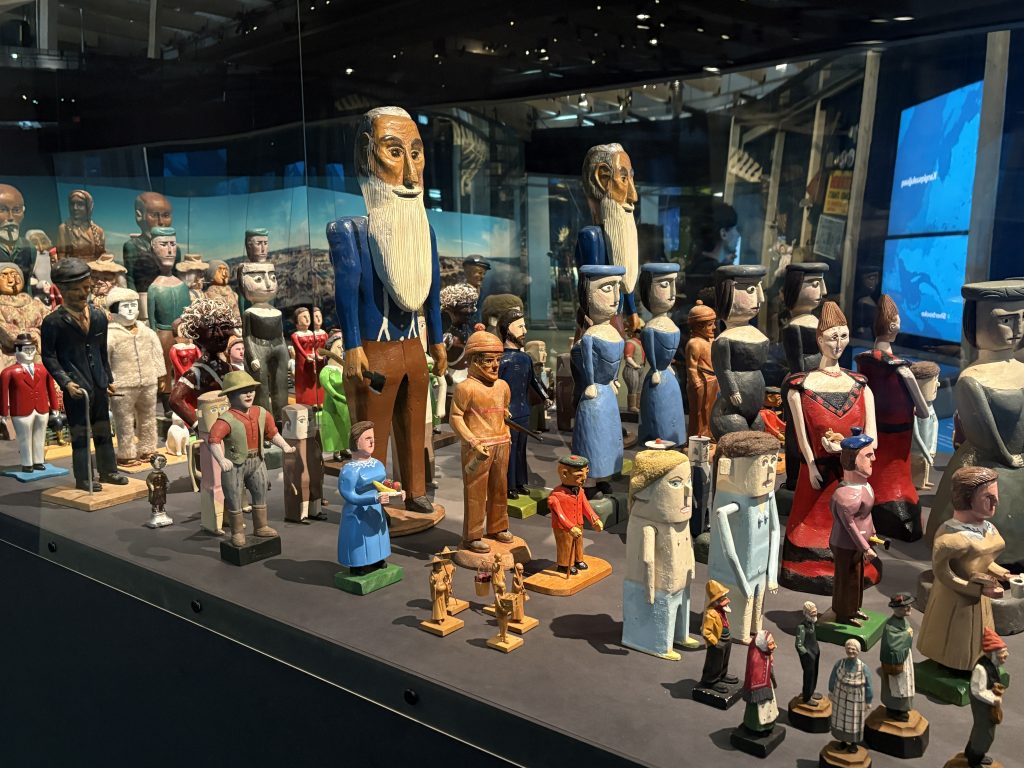
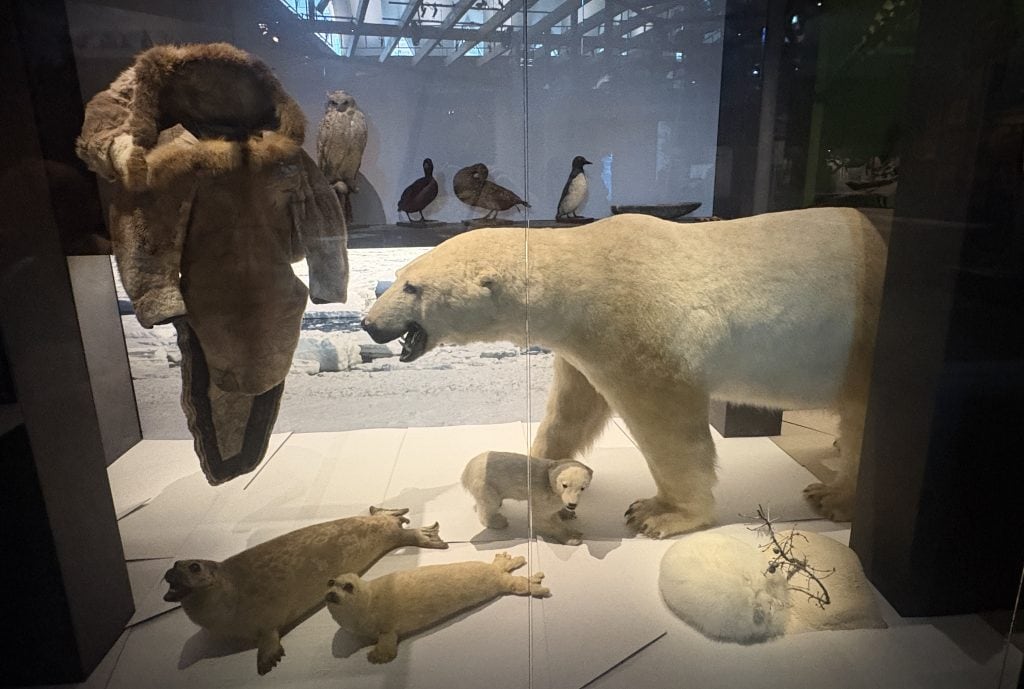
Plan to spend at least an hour. The museum is located right in the Old Port, so after your visit, stroll along the waterfront and back into Old Québec to enjoy a drink (or two).
🧡 Lunch Tip: Try Le Lapin Sauté nearby for rabbit dishes and charming terrace seating.
6. Get Inspired at the Musée national des beaux-arts du Québec (MNBAQ)
The Musée national des beaux-arts du Québec (#6) was the highlight of my five-day visit to Québec City.
MNBAQ blends old and new architectural styles and is a must-see for art lovers visiting Québec City.
Four spacious floors of well-organized exhibition space provide visitors with a good overview of art by Québec artists, including one whole floor dedicated to Inuit and indigenous art.
Special Exhibition – Niki de Saint Phalle
The special exhibition showcased the art and career of Niki de Saint Phalle, an artist who I have admired for decades. Her whimsical, brightly-colored sculptures are impossible to look at without smiling.
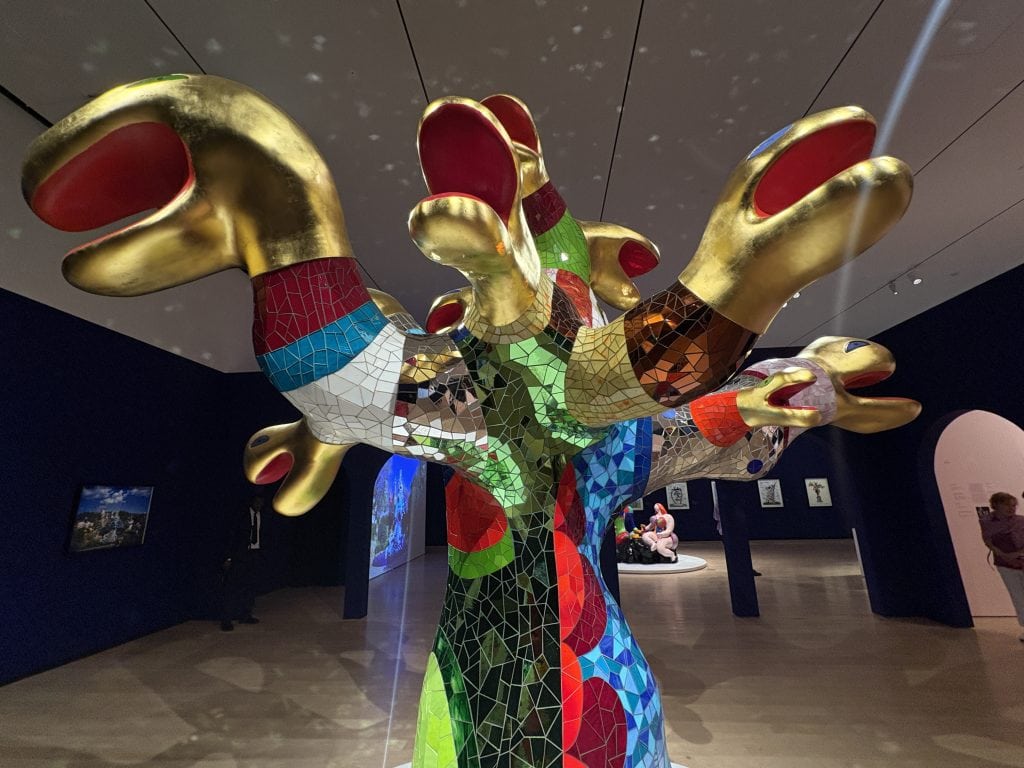
The comprehensive exhibition included work from Saint Phalle’s long career, starting with photographs of the rifle paintings that brought her to the attention of the art work in the 1950s.
Several rooms are devoted to Niki de Saint Phalle’s masterwork—the Il Giardino dei Tarocchi (Tarot Garden) in Italy, which I’d visited several years earlier.
I included the garden in my post Art Masterpieces in Tuscany You Don’t Want to Miss. Niki spent twenty years building the garden, which features sculptures that represent characters from the Tarot.
Niki’s fascination with serpentine forms and snakes is delightfully acknowledged in the exhibition with several animated snakes slithering across the floor. I spent several minutes watching them slide under walls and over feet.
The gorgeously curated and beautifully displayed exhibition will captivate both children and adults.

Contemporary Quebec Art
After touring the special exhibition at the Musée des Beaux Arts, head up the bright and airy stairwell to the second floor where you’ll find several rooms full of art by Québec artists.
For me, the highlight is the paintings by Riopelle, one of my favorite Canadian abstract artists from the 1950s and 60s.

Inuit and Indigenous Art
Exhibited on the top floor is a marvelous collection of sculptures by Inuit and Indigenous artists from all over Québec. Informative explanations are provided in both English and French
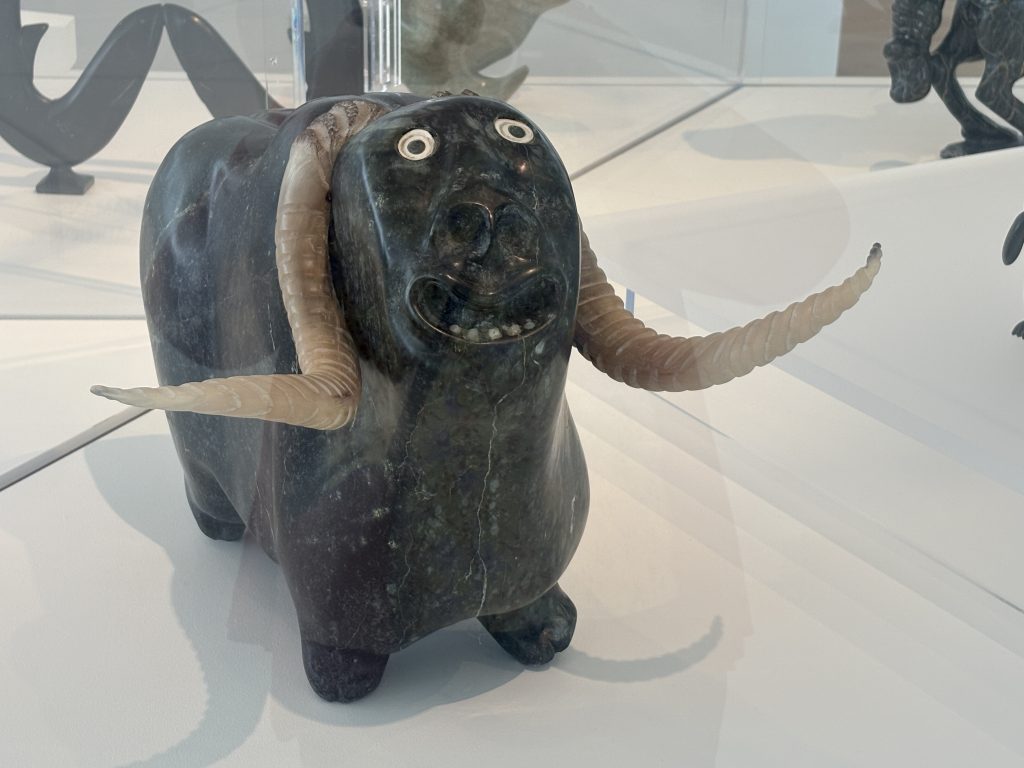
After touring the top floor, step out onto the rooftop terrace to enjoy a view of Québec City.
The Musée national des beaux-arts du Québec is located about 30 minutes from the main action in Old Québec and from most of the hotels.
7. Relive History at the Plains of Abraham
I learned all about the battle of the Plains of Abraham (#7) back in Grade 4.
In British Columbia, where I grew up and still live in, the British were the heroes. So when I first visited the Plains of Abraham in 1967, I was surprised to discover two things. First, the people in Québec were not happy that the British won and second, the Plains of Abraham isn’t really a plain.
It’s a lovely landscaped park-like area that looks nothing what I’d envisioned. I guess I thought there’s still be dead bodies littering the dusty ground.
A visit to the Plains of Abraham combines history and nature. The site of the pivotal 1759 battle is part of Battlefields Park and stretches over 100 hectares. You’ll enjoy sweeping views of the St. Lawrence River, tree-lined walking paths, gardens, and wide-open green spaces.

For a good history hit, explore the Plains of Abraham Museum, where interactive exhibits and multimedia presentations recount the famous battle and colonial life.
You can easily walk to the park from Old Québec. In summer, visitors can also enjoy concerts, guided historical tours, and reenactments.
8. Walk the Ramparts
Did you know that Québec City is the only fortified city in North America outside of Mexico? How cool is that! The Fortifications of Québec stretch nearly 4.6 kilometers and encircle much of Old Québec, with towers, gates, and stone walls that date back to the 17th century.
For a relaxing, history-soaked experience, take an hour or two to walk along the ramparts—especially from St. Louis Gate (#8) to the Citadelle. Along the way, you’ll get plenty of great views of the St. Lawrence River and Old Québec.
If you’re into military history, stop off at La Citadelle de Québec, which is an active military base and the largest British-built fortress in North America. In summer, you can watch the Changing of the Guard ceremony at 10 am.
9. Visit the Huron-Wendat Museum in Wendake
If you have a car, drive about twenty minutes outside the city core to Wendake, a Huron-Wendat Nation community. Here, you can enjoy the marvelous Huron-Wendat Museum (#9).
I had the museum almost to myself, which was awesome because there was so much to see and read and interact with. You’ll learn a lot about the art, history, and spiritual life of the Wendat people.
The first thing I learned was that I grew up mislabeling the Wendat people as the Huron—the name given to the nation by the colonists. I’m glad to have learned differently and also to have discovered such a rich culture.
Exhibits at the museum include intricate beadwork, traditional crafts, and powerful storytelling offering a new perspective on colonial narratives.

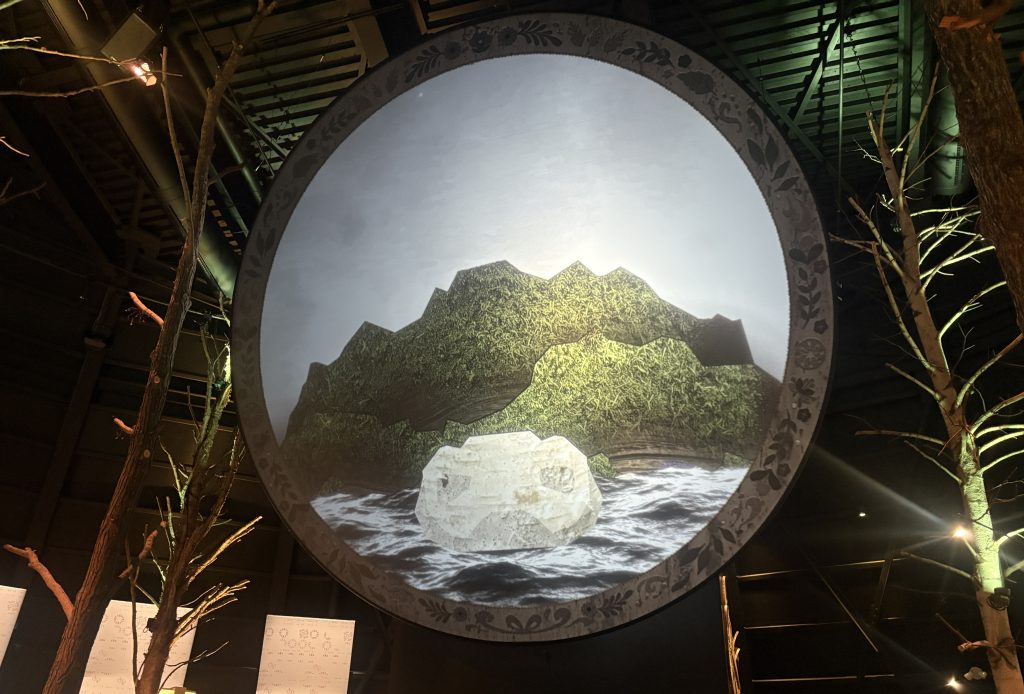
Time it right and you might catch a traditional dance performance or artisan workshop. It’s immersive, respectful, and deeply enriching.
10. Soak in Local Flavor (Literally) in Québec’s Food Scene
You don’t have to go far to enjoy excellent food in Québec! From traditional French dishes such as onion soup and escargots to more adventurous fare that incorporates indigenous flavors, you’ll find lots to enjoy.
Here’s an escargot dish I ate at one of the charming restaurants on rue Saint-Anne.

Venture outside Old Québec to explore some of the upscale restaurants along Grande Allée Est and some funkier choices along Rue Saint-Jean. I had the best crepe of my life (and I’ve eaten crepes in France many times) in a little bistro called Le Billig on Rue Saint-Jean.
Be sure to try local cheeses, maple treats, and the iconic tourtière. For an artsy twist, check out Le Monastère des Augustines, where the cuisine is both health-focused and beautifully plated.
🧡 My favorites:
- Le Billig (#10) on Rue Saint-Jean: Best crepe of my life.
- Le Monastère des Augustines: Artistic, healthy, and serene.
- Grande Allée Est: Elegant fine dining.
- Rue Sainte-Anne: Quirky, cozy, and cool.
Don’t miss tourtière, local cheeses, and anything maple.
Bonus Artsy Stops
- Galerie d’Art Inuit Brousseau – Stunning Indigenous art
- Palais Montcalm – Jazz and classical concerts in a gorgeous Art Deco venue
- Carnaval de Québec (winter) – Ice, lights, street theater, and giant Bonhomme
Where to Stay: Artsy & Authentic
| Hotel | Vibe & Highlights |
| Auberge Saint-Antoine | Relais & Châteaux gem with archaeological artifacts, artful decor, and great dining. |
| Le Manoir d’Auteuil | French Art Deco elegance inside the city walls—intimate and creative. |
| Hôtel Nomad | Boutique chic—each room tells a story, infused with character and charm. |
| Fairmont Le Château Frontenac | Iconic castle hotel—grand, historic, and perfectly placed. |
| Le Germain Hotel / Hotel 71 | Sleek, stylish, and centrally located with strong art-focused design. |
Conclusion
Québec City’s long and fascinating history—both indigenous and colonial—makes it one of the most compelling places to visit in North America. The people of Québec are serious about preserving their culture while still welcoming the world.
Enjoy the history and the art, but also take the time to relax, sample the excellent food, and experience a bit of the joie de vivre that is uniquely Québécois.
Have you visited Québec City? Share your recommendations for other artsy travelers in the comments below.
